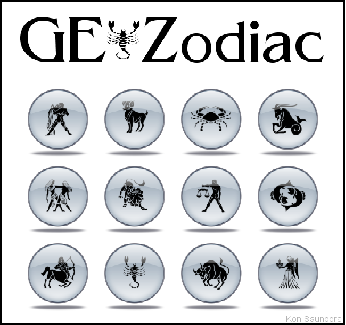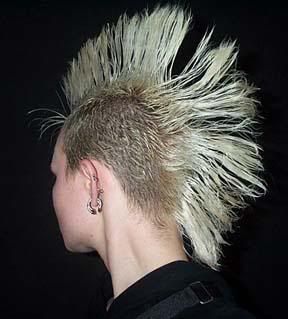Stewart,
I'll attempt to answer both your e-mails here as best I can.
I don't now what the limits of the back focus are on the 14" other
than my current imaging train has the mirror racked almost all the way
back to the stops with the latest extension tube, so I doubt I can go
much further.
Imaging train is a 3" Bellaraphon focuser, 3" Pyxis rotator, AP 27TVPH
reducer, 4.25" of AP extension tubes (to get to the recommended 6"
from reducer to chip), CFW2-7 filter wheel, ST10-XME. Reduction with
this setup is about .88x. I suspect I would get closer to the .75x
if the reducer was closer to the back fo the scope.
Total mechanical backfocus from the back of the reducer to the imaging
chip is 6". I don't know the optical backfocus (impacted by the
filter and camera window). The mechanical backfocus from the scope
to the reducer varies from 3" to 4.5" depending upon the setting of
the Bellaraphon.
I haven't measured the image circles directly. I look at the ability
of the imaging train to produce a good flatted image. I've uploaded
examples in the photo album phoward. Two images from the native (no
reducer setup) and two from the reducer setup. For each pair there
is a master flat which shows the variation in illumination
(exaggerated in the images to show the falloff and the dust motes,
etc.) and a flatted flat which shows the ability to flatten the
variations in the illumination.
For the native image, the pixel values for the master flat
min/max/mean are 21065.04/22,
FITS). So a variation in the illumination of 1,857 from min to max -
hence the comment about the visually exaggerated variation). Using
this to flat a flat produces the desired effect of relatively uniform
illumination across the frame (notice the darkened corners and the
dust motes are gone).
For the reducer images, the pixel values for the master flat
min/max/mean are 31,804.53/35,
original FITS). A higher variation in the illumination of 3,209 from
min to max. However, not so much that it can't be flatted out as
shown by the example flatted flat image.
I don't know whether the increased variation can be attributed to the
image circle or to some other factor (there are significant
differences in the imaging train between the two examples besides the
reducer) and the quality of the reducer flat is better (10 images vs
20; 20K vs 30K ADU).
I think, at least for pretty picture imaging, the illumination is fine
with and without the reducer on the ST10. I don't know about the
impact for doing science with this combination.
Paul
Change settings via the Web (Yahoo! ID required)
Change settings via email: Switch delivery to Daily Digest | Switch format to Traditional
Visit Your Group | Yahoo! Groups Terms of Use | Unsubscribe
__,_._,___




Tidak ada komentar:
Posting Komentar